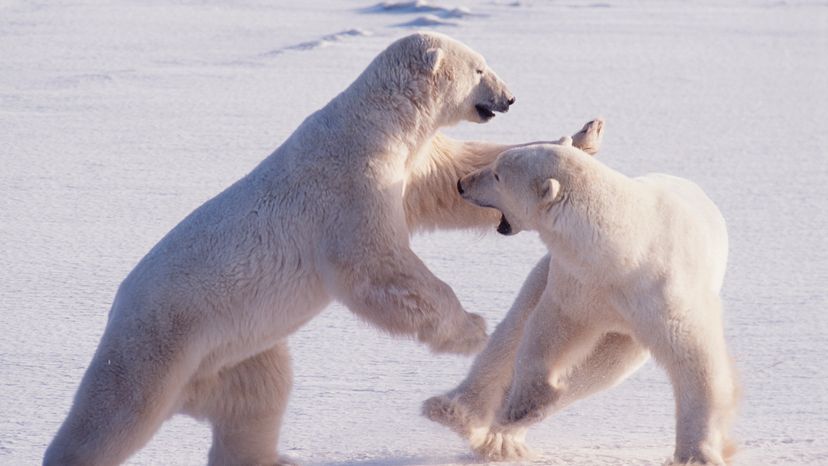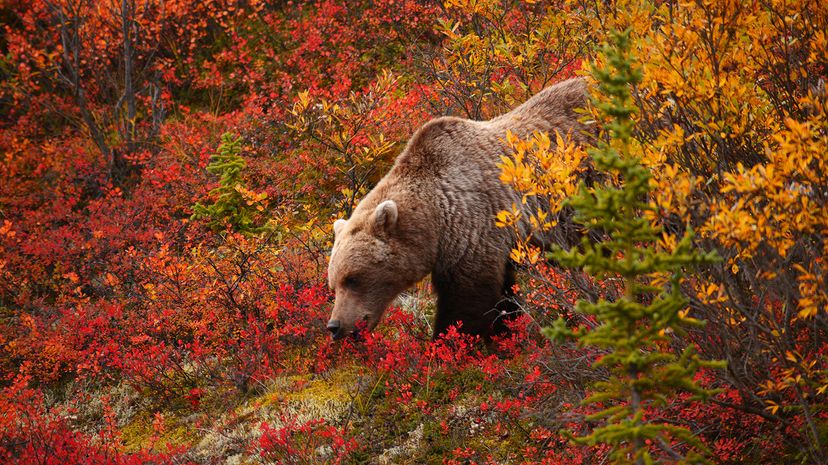
When it comes to massive, powerful bears, one showdown often comes to mind: polar bear vs. grizzly bear! These two bear species may look similar, but they have distinct differences in habitat, behavior and even diet. So, what happens when these giants of the animal kingdom cross paths?
While polar bear habitats are mostly frozen regions with plenty of sea ice, grizzly bears roam forests, mountains and plains. Big polar bears are built for hunting seals in icy waters, while grizzly bears dominate polar bears only when they venture too far south. Let’s get into the nitty-gritty details.
Advertisement

